The MD4 IEMs are a pure balanced armature setup with 4 switchable tuning options.
Pop quiz: Does getting a pair of tunable IEMs that can change their sound signature seem like a no-brainer? Isn’t one essentially getting multiple IEMs with a single purchase?
However, in practice, some so-called ‘tunable’ IEMs turn out to be gimmicks, with the different tuning options not changing the signature very much (cough, cough… looking at you Moondrop KATO). In other instances, some secondary tuning options sound awful and unnecessarily crowbarred in.
- Sturdy build
- Tunable options to give various sound signatures
- Lavish provision of accessories
- Top-notch isolation
- Fast and tight bass
- Excellent technicalities
- Unnatural (BA) bass, lacking decay and extension; not for bassheads
- BA timbre for acoustic instruments
- May be shouty/fatiguing on some tunings
- Intimate soundstage
- Fussy for source pairing, due to very low impedance
- May hiss on some sources
Or, sometimes, consumers simply don’t wish to keep switching the tuning on-the-fly and just stick to one sound.
Today, we will be reviewing the Hidizs MD4. Let’s see if they turn out to be a tunable IEM worth getting, or, audio-gods-forbid, turn out to be a gimmick!
Company Overview
Hidizs was conceived in 2012, and they have churned out a gamut of audio products, ranging from IEMs to sources to wireless devices.
Some of their notable IEMs include the Seeds, Mermaid MS4, MS2, MS1 Rainbow, and the MM2. Their stable sources include DAPs such as the AP80 Pro-X and AP80 Pro and dongles such as the S9 Pro, S3 Pro, and S8. Their wireless line-up consists of the H2 LDAC, BT01 APT-X 4.1, and H1.
Technical Specifications
- Form: IEMs
- Drivers: 4 x custom-designed balanced armature drivers
- Impedance (Ohm): 8 Ω
- Sensitivity (dB): 102 dB
- Frequency Response (Hz): 20 Hz – 40 kHz
- Removable Cable: Y
- Cable: 4-core high-purity mixed hybrid cable
- Source Plug: 3.5 mm
- Cup/Shell Plug: 0.78 mm 2-pin
Packaging
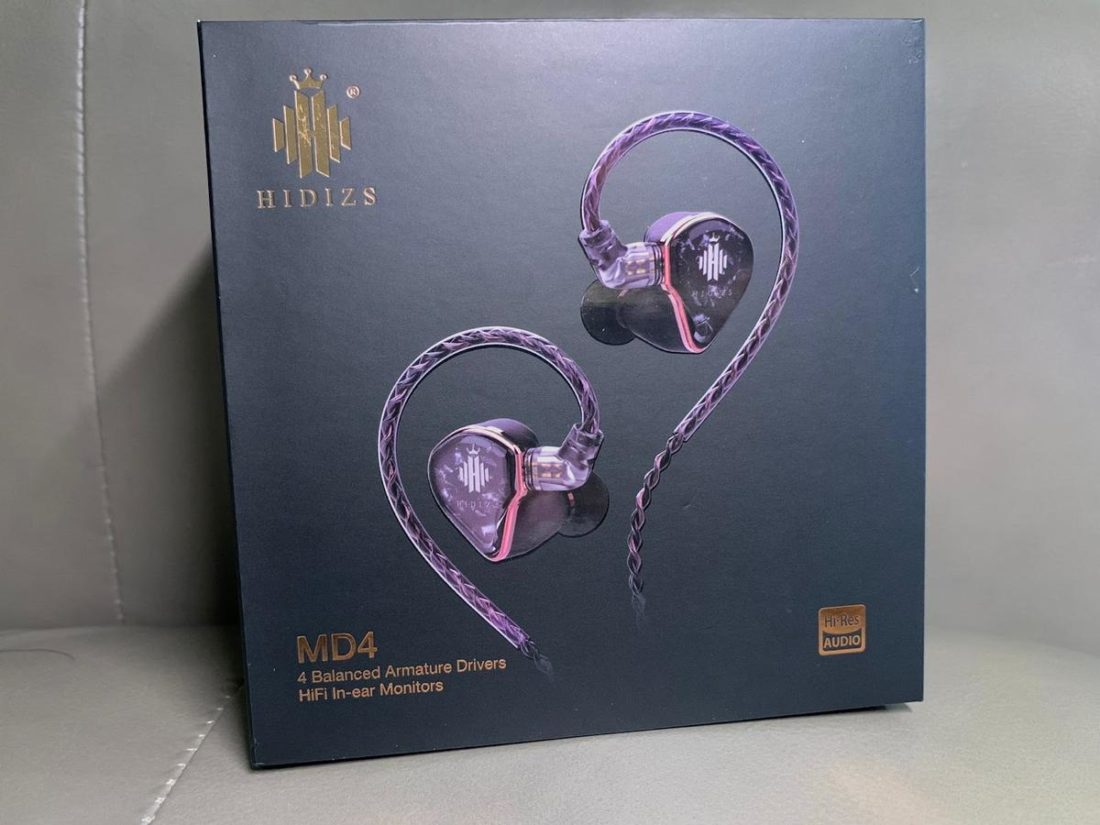
In the box
- Hidizs MD4 IEM
- 3 x bass ear tips (S, M, L)
- 3 x vocal ear tips
- 3 x balanced ear tips
- Cleaning brush
- Cable
- Leatherette case
The accessories are definitely befitting of a mid-FI priced pair of IEMs, perhaps the only omission being the lack of foam tips.
Otherwise, the plethora of provided ear tips is more than sufficient. The descriptions are apt as per their namesake – the vocal tips boost the upper frequencies, the bass ones boost the bass, and the balanced tips are a mid-point between the first two.
I like the bass ear tips the most, as these provide some body and heft to the lower end. The MD4, as discussed below, are somewhat thin in note weight, and they may sound overly sterile if paired with tips that boost the upper frequencies.
The balanced tips are okay in my book, but the vocal tips boost the upper midrange too much for my tastes and cause some shoutiness. YMMV.
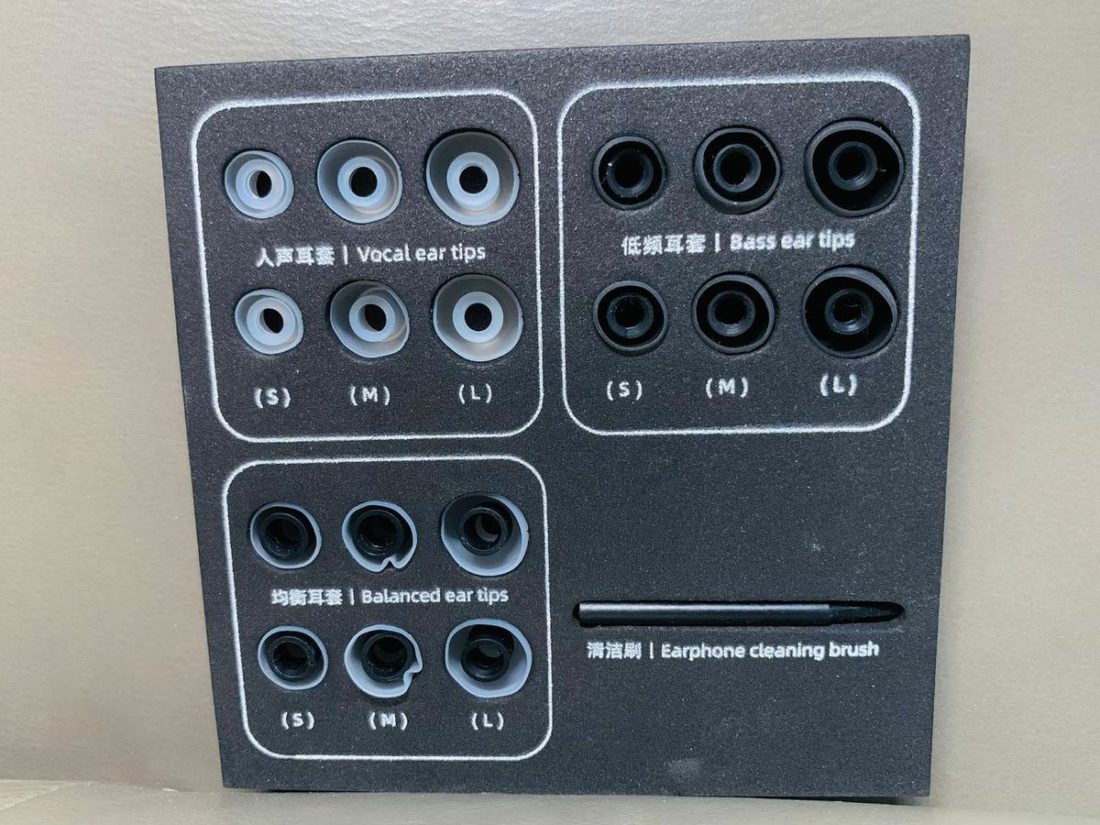
The cleaning brush is very creatively designed. It has two functions – one end contains the actual brush, but the other has a pointed tip, allowing one to flip the switches on this tunable IEM.
Cable
The provided cable is a hybrid consisting of a 2-core high-purity silver and a 2-core oxygen-free copper wire.
Being on the thinner side and somewhat tangly, I’ve seen better cables from a haptic standpoint. Thankfully, there are no microphonics, and this cable should be quite serviceable.
At the MD4 price point (between USD$100 – $150), some rivals have launched their IEMs with a modular interchangeable cable (for 2.5 mm, 3.5 mm, and 4.4 mm sources) or provide a balanced cable. It is somewhat disappointing that only a 3.5 mm option is included with the MD4.
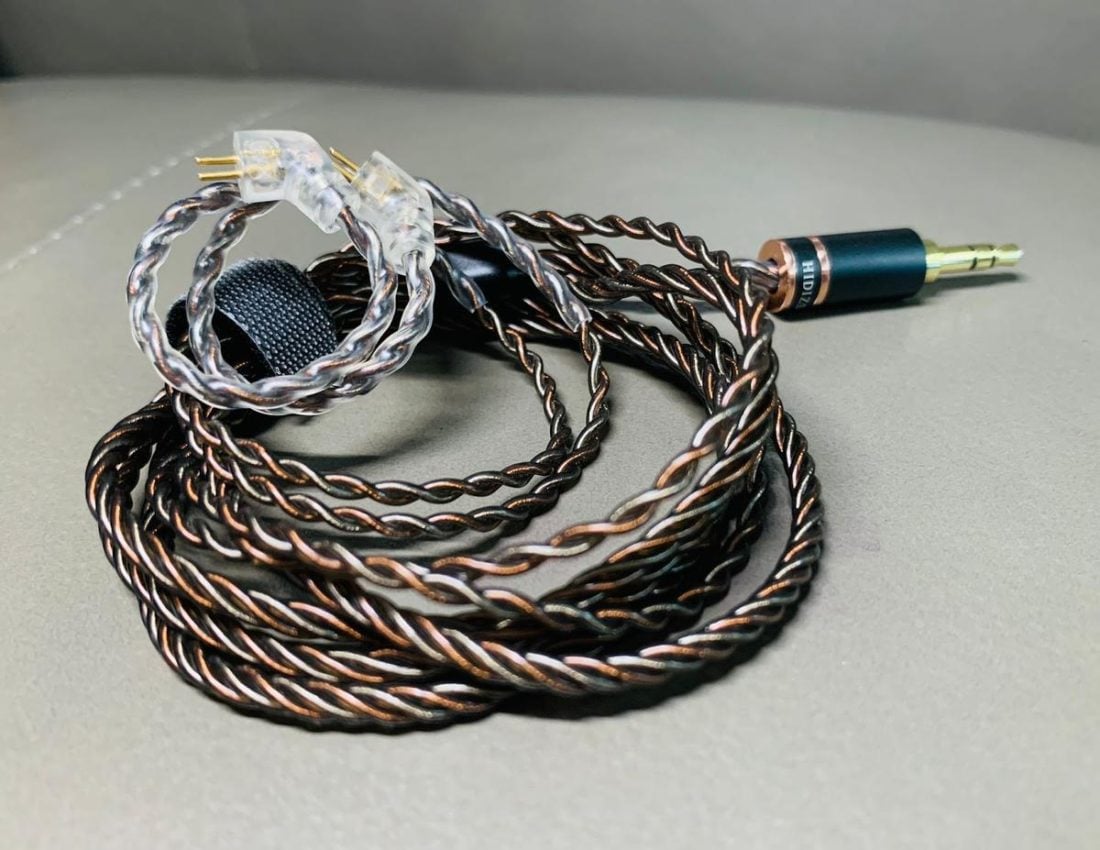
Case
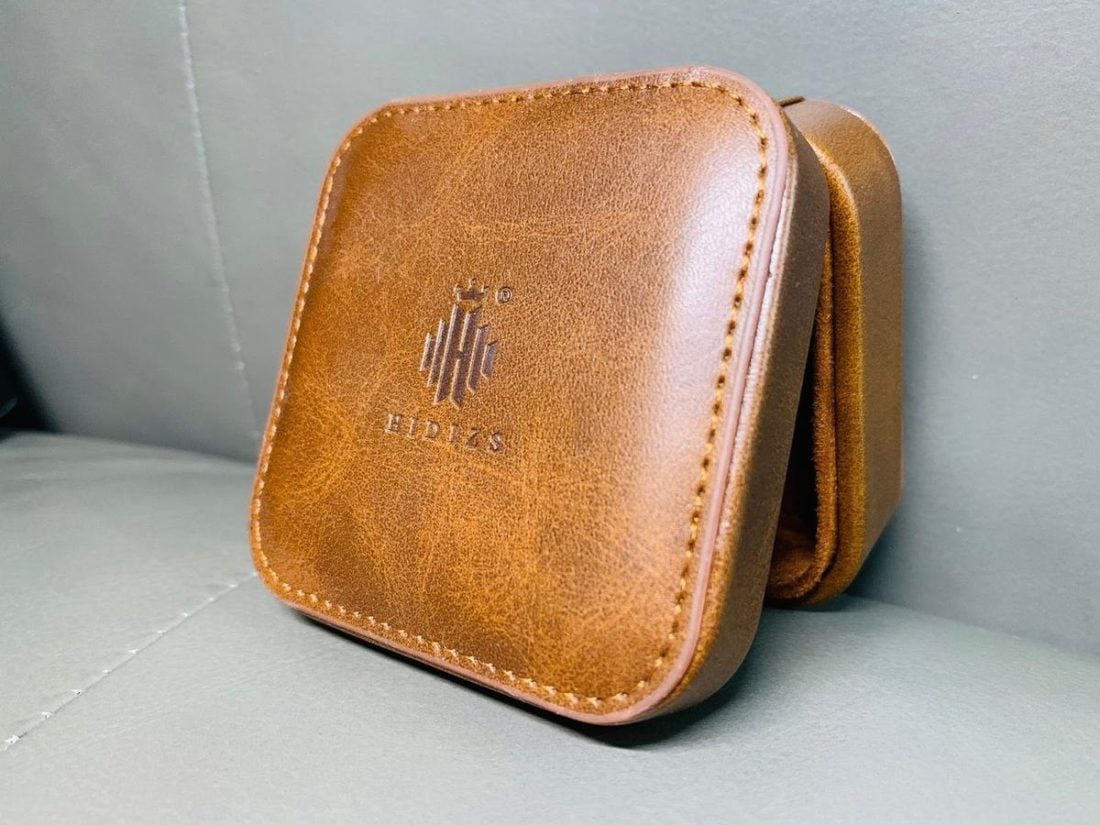
The case consists of an elegant square leatherette clamshell design, with the Hidizs logo emblazoned on the front. It is hard on the outside, with an inner velvet layer and webbing to store accessories.
Design
Hidizs advertises that the MD4 celluloid face plates are hand-made. A CNC machined (computer numerical control) aluminum-alloy nozzle and rose-gold frame complete the rest of the shell.
One can opt for a black, white, or blue shell when placing an order. The faceplates are marbled with a mother-of-pearl motif.
The tuning switches (more on that below) are on the sides, with each housing having L or R lettering to denote the left and right housings, respectively.
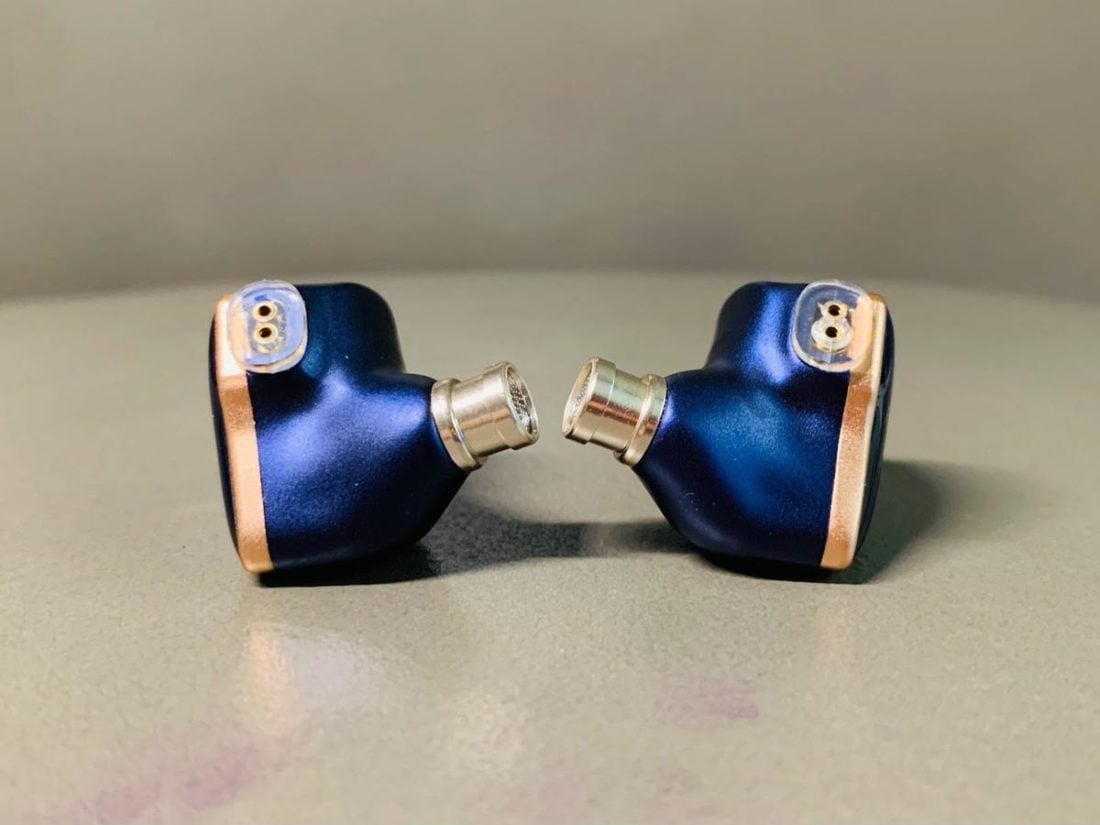
Isolation on the MD4 is superb, as per most pure BA sets without vents. In fact, they probably are one of the best passively-isolating sets I’ve tried for a non-custom pair of IEMs; perhaps only the deeply inserting Etymotic series may do better here.
Tuning switches
The selling point of the MD4 is, of course, the tuning switches. This theoretically gives four permutations of sound signatures that users can be change on-the-fly. One just uses the aforementioned cleaning brush’s pointed end to flip the switches to the various configurations below.
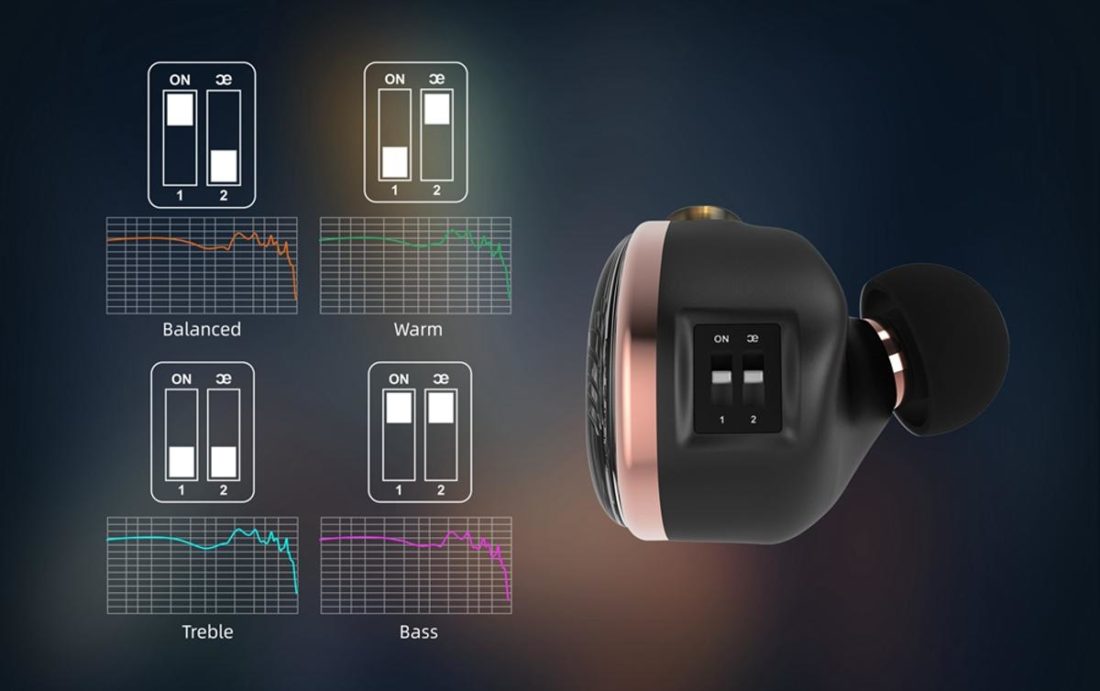
For tunable IEMs, I prefer a screw nozzle design – or even better, there are some innovative magnetic nozzle designs like in the BQEYZ Autumn, which may lessen wear and tear.
I have encountered some tunable IEMs with switches that broke or got stuck with long-term use, so it does remain to be seen if the QC on the MD4 is up to the mark. Having said that, I am quite happy that the switches on the MD4 shift with ease and lock with a satisfying click.
Comfort
Weighing in at 14g apiece, the MD4 are very light. Even though the shells are moderately large in size, they are quite ergonomic with no protruding edges. The inner part of the housing that contacts the ears is sand-blasted and smooth as a baby’s skin; comfort is more than decent.
Being a pure BA setup, the MD4 do not have driver flex.
Internals
The MD4 incorporate a three-way frequency crossover design – two BA drivers handle the bass, one BA drives the midrange, and the last BA settles the treble. According to their marketing material, this purportedly reduces any frequency overlaps and distortion.
Each shell has a 3D-printed acoustic tube structure, which Hidizs says is designed to provide transparency and accuracy to the music.
Hidizs MD4 Sound
The MD4 are extremely easy to drive. Amplification is not needed.
Unfortunately, the MD4 have a very low impedance of 8Ohms. Based on the audiophile “rule of eights,” the MD4 are optimally paired with sources with an output impedance of 1Ohm or less. When used with sources with a higher output impedance, this will sadly skew the frequency response, and the MD4 can sound shouty and shrill.
In addition, the MD4 are quite sterile sounding, with a thin note weight. They pair better with warmer analogue-sounding sources rather than something analytical or bright.
The MD4 also hiss on some sources with a poor noise floor.
The MD4 are very fussy with source pairing.
As advertised, the switches do work and are not outright gimmicks. However, some of the switches give a more subtle change, while others provide a more night-and-day difference. If one considers that the three variants of ear tips also color the soundscape, then there are closer to 12 different tuning options provided!
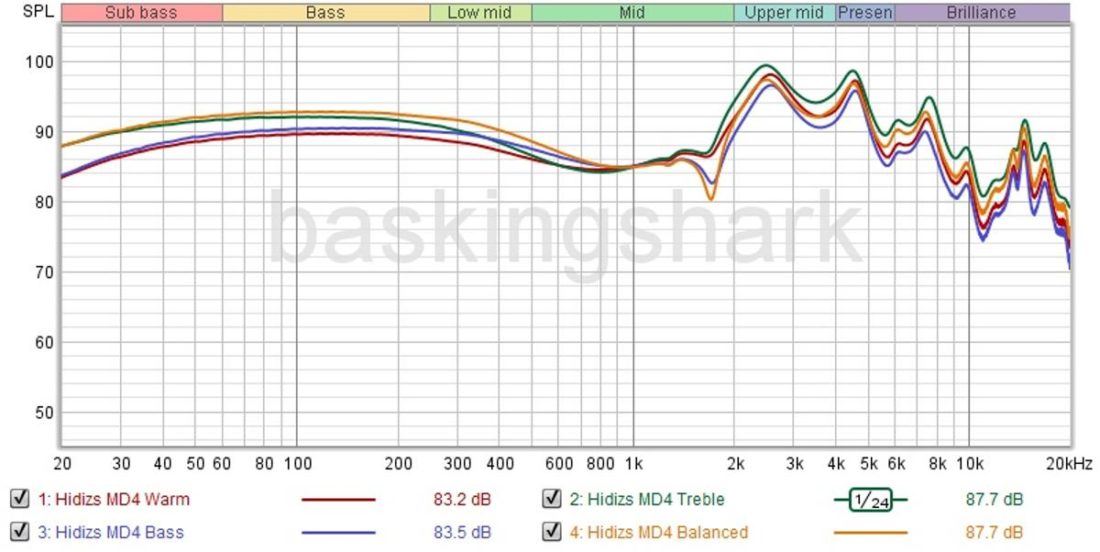
| Switch Setting | Sonic Impressions |
|---|---|
| Treble | This provides a neutral bright signature. The bass is neutral, with vocals pushed forward due to a boost in the upper mids and treble. |
| Bass | This provides a U-shaped signature. Bass is punchy and slightly north of neutral, with added warmth to the lower end. |
| Warm | The “bass” and “warm” switches sound similar tonally, with just a subtle difference in the upper frequencies - perhaps there is a tinge more boost in the upper mids and treble with this “warm” switch. |
| Balanced | The “balanced” switch gives a mid-point between the “treble” switch and the “bass”/”warm” switches - technicalities and clarity and bass quantity are at a mid-point from these tunings, with just a small tinge of sibilance in the treble. |
I wish I could change one of the “bass” or “warm’ switches to a more basshead tuning option.
The following impressions and comparisons with other IEMs are with the “warm” switch activated.
Bass
The MD4 are mid-bass focused. Like most other pure BA IEMs that are not vented, the sub-bass is glaringly lacking in extension. Decay and air movement are unnatural compared to dynamic driver bass.
Even on the bassiest switch, in terms of quantity, this set is not for bassheads. Bass-forward music such as EDM and hip hop sound anemic. Even for non-bassy tracks, the lack of sub-bass is quite unnerving and the entire frequency band of the sub-bass just drops off a cliff.
Thankfully, the bass is fast, clean, and tight, with no mid-bass bleed. Texturing is average.
Overall, the bass is the weakest part of the tuning. Best look elsewhere for bass kicks.
Midrange
The lack of mid-bass bleed may be a boon, as there is no encroachment into the lower midrange, with excellent transparency on tap.
Despite the graphs showing a somewhat fierce-looking pinna gain, the upper midrange is not as bad as the graphs portray. As per the Fletcher Munson curve, if not used at very loud volumes, the vocals are forward without veering much into shoutiness.
Treble
The MD4’s treble is moderately extended, with good details and clarity on display. On the “treble” switch, the treble can be fatiguing and sibilant, but by and large, on the “bass” and ”warm” switches, the treble balances a fine line of being forward without shrieking like a banshee.
Unfortunately, the MD4 exhibit BA timbre. Acoustic instruments sound unnatural, especially for genres such as classical and jazz when woodwind and brass instruments come out to play.
Technicalities are where the MD4 redeem themselves somewhat. Imaging, clarity, layering, micro-detailing, and instrument separation are good for a sub-USD$200 pair. However, soundstage depth and height are below average (and disappointing), with music sounding in your head.
Besides soundstage, the good technicalities, top-notch isolation, and fast and tight bass make the MD4 an excellent consideration as a stage monitor for musicians.
Comparisons
The MD4 will be compared against some other IEMs in the mid-FI bracket that have tunable switches or nozzles.
Vs. LZ A7
The LZ A7 are a unique tribrid, featuring a 1 DD + 4 BA + 2 piezo design. This pair has 10 potential tuning options via a mixture of switches and tuning nozzles.
Isolation and fit are pretty much a wash between these 2, but the A7 are not so fussy with sources, as the impedance varies between 13-15Ohms (depending on the switches used).
The A7 also boast a more organic timbral accuracy and have better technicalities (soundstage, imaging, instrument separation, and micro-details). The DD bass that the LZ A7 utilize also provides better sub-bass extension and decay, and bassy tracks sound much more natural on the A7.
In a nutshell, the A7 are more refined than the MD4, and also have more tuning options. However, the A7 are almost double the price, and as per diminishing returns in this hobby, they are not doubly better.
Vs. BQEYZ Autumn
The BQEYZ Autumn are a single DD IEM with 3 tuning options.
The Autumn are more difficult to drive (46Ohm impedance), but they are not so fussy regarding the output impedance of paired sources.
The Autumn have much better timbral accuracy, and the bass sounds more natural. Soundstage is also more expansive on the Autumn. However, the MD4 have better technicalities other than soundstage.
Vs. TRI Starsea
The TRI Starsea are a 1 DD + 2 BA hybrid. They likewise have 4 tuning options.
The Starsea and MD4 both come with great accessories, solid build, and good isolation. Some owners have reported that there is driver flex and a suction sensation in the ears for the Starsea, which the MD4 do not suffer from.
With a 9.5Ohm impedance, the Starsea are another finicky pair of IEMs when it comes to source pairing, and both the Starsea and MD4 should ideally be paired with sources with an output impedance of <1Ohm.
Bass sounds more natural on the Starsea, with the DD drivers giving good bass extension and decay. Timbre for acoustic instruments also sounds a bit more natural on the Starsea.
Despite the Starsea being an older model and also retailing for less than the MD4, technicalities are actually slightly better on the Starsea. So sometimes new and more expensive doesn’t equate to better sound.
Vs. Toneking Ninetails
The Toneking Ninetails are a single DD IEM, named after an East Asian Fox Spirit, which can shapeshift and take on human appearances. The Ninetails actually live up to their namesake, as there are tuning nozzles at the front and back of the housing to give 9 different sound signatures, from basshead to V-shaped to neutral.
The Ninetails are more versatile and give more variation to the soundscape than the MD4, as even on the most bassy tuning config, the MD4 are quite lacking in sub-bass. On the bassiest configuration for the Ninetails, this pair of IEMs can really give jaw-rattling and headache-inducing bass!
The Ninetails are an open-backed IEM, and this is a double-edged sword. Soundstage is more expansive than the MD4, but the isolation is poorer. The Ninetails also are more uncomfortable to use, with an awkward gourd-shaped design.
In technicalities, the Ninetails are inferior, with poorer imaging, micro-detailing, and instrument separation. The Ninetails, however, make it up with a more organic timbre, better note weight, and the aforementioned versatility.
Where to Buy
Conclusion
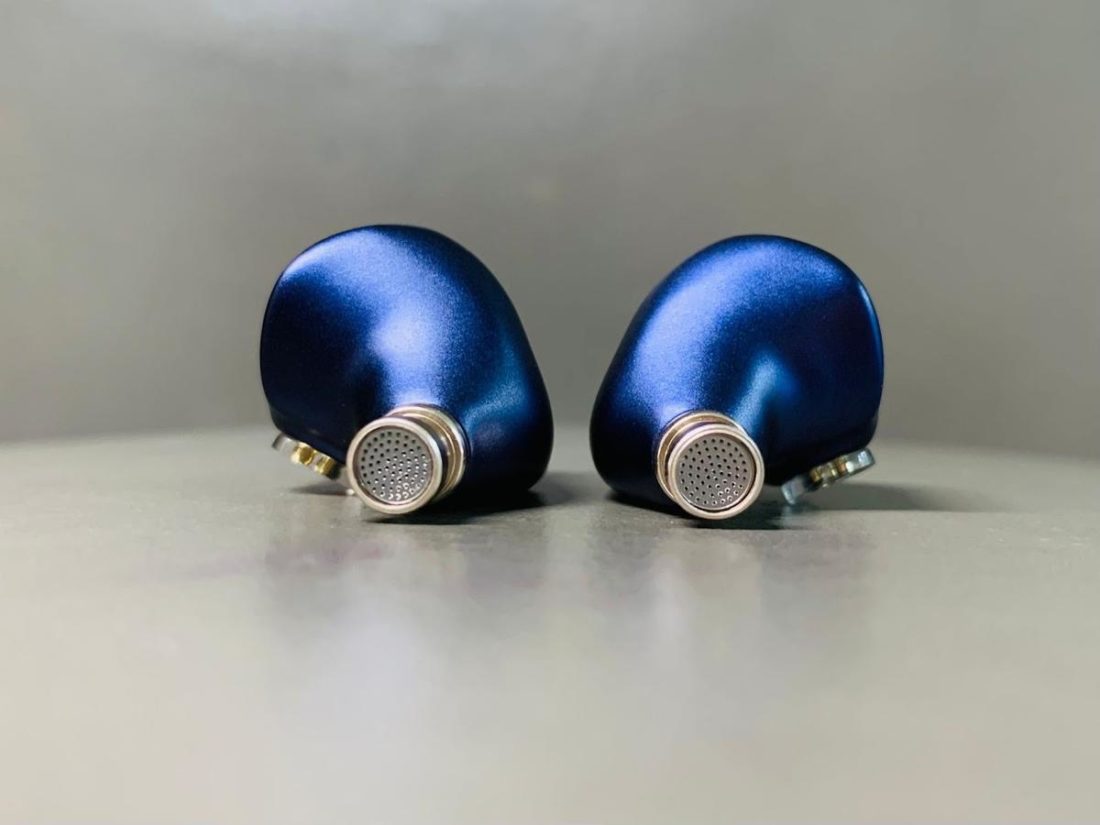
The Hidizs MD4 are one of the unique “tunable” IEMs that provide more than one signature with a single purchase. However, in practice, the “bass’ and “warm” switches are only subtly different, and most consumers will probably just stick to one favored tuning option and call it a day.
The MD4 do have some glaring flaws. Due to a lack of sub-bass extension and decay, the bass is the weakest part of the tuning, and bassheads best consider other options.
The MD4 also suffer from a small soundstage, and BA timbre is present in spades, coloring an unnatural sheen for acoustic instruments. Some switches also sound quite fatiguing or shouty.
Nevertheless, the MD4 have a stellar build and generous accessories, and with the excellent passive isolation and good technicalities, these may actually do a good job for stage monitoring.
For live stage use, technicalities, fit, and isolation are the more pertinent factors for a pair of IEMs, and timbre is not the number one priority. EQ can also be applied by the sound guys to solve tonal issues.
As such, the MD4 may have a niche appeal for this purpose, but for general music appreciation, the tonality may be somewhat polarizing.
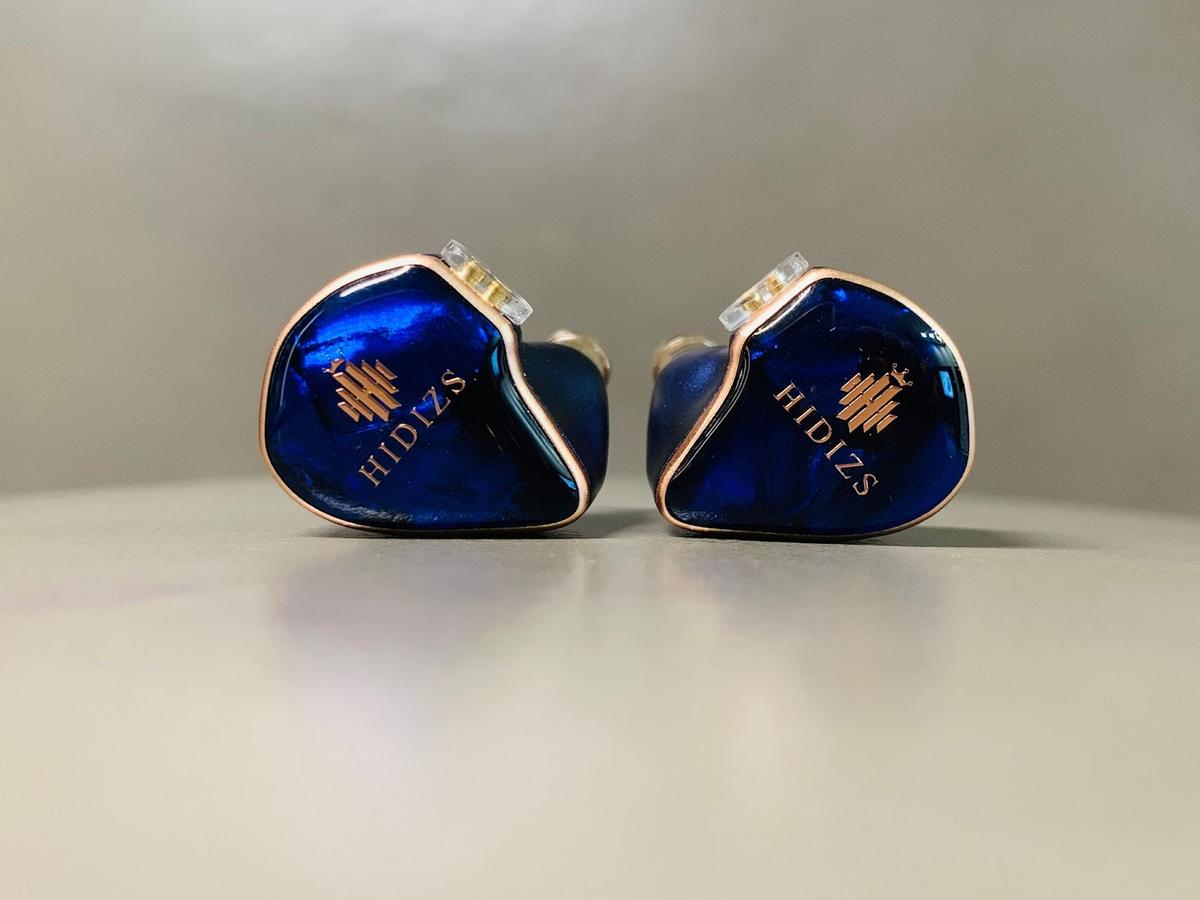
Hi. I have the Hidizs MS4 IEM’s; how does the MD4 compare?
I’m looking to upgrade at around the 300-400 USD mark; what would you recommend to check out?
Many thanks
Hi Sir/Mdm
Unfortunately, I have not tried the MS4, so can’t compare these.
But I note the MS4 is a hybrid that appears V shaped on graphs.
Perhaps you can read about the AKG N5005 hybrid. It was released at $1K USD a few years back, but Harman is currently clearing stock and selling it at $199 USD on ebay and Harman:
https://www.harmanaudio.com/akg/AKG+N5005.html
https://www.ebay.com/itm/154910446024
It has 4 tuning options, so it can be converted from basshead to neutralish to treblehead. Very good imaging, soundstage, micro-details, holographic soundstage if amplified (needs amplification as it is quite hard to drive).
I bought one and am quite happy with it. I think it competes with most hybrids below $500 USD in technicalities, though perhaps at $1k USD it was a bit overpriced.
Cons: it has BA timbre, and fit may be a bit iffy for those with bigger ears. Also quite hard to drive.